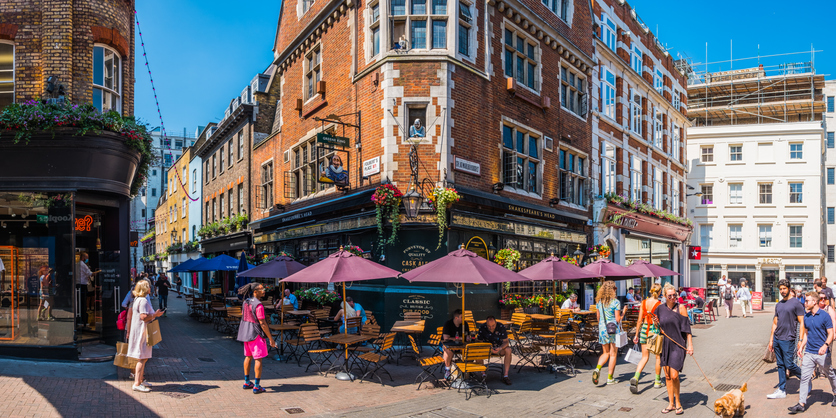Pay for workers on the National Living Wage (NLW) will rise nearly four times faster than for a typical worker over this parliament, according to new Resolution Foundation analysis marking the latest increase of the NLW to £7.50 an hour.
Today’s 30p increase means pay for NLW earners is estimated to be 1.5 per cent higher in real terms than a year ago, or £220 annually for a full-time NLW earners. In contrast, applying the latest wage and inflation projections to typical pay suggests it has actually fallen – by 0.4 per cent or £90 for a full-time worker – over the same period.
The differing fortunes of low and middle earners are set to continue in 2018. The analysis shows that the NLW, which is the legal minimum for workers aged 25 or over, is on course to rise by 2.9 per cent in real terms in April 2018 – when it is projected to rise from £7.50 to £7.90 – compared to just a 0.6 per cent rise for typical real wages.
Looking across the parliament as a whole (2015-2020), the NLW is set to increase 3.9 times faster than average wages in real terms – by 22.4 per cent versus 5.7 per cent.
Number expected to rise
The Foundation notes that almost 1.9 million workers are now on the NLW, with a total of 2.3 million workers on some sort of minimum wage (including youth and apprenticeship rates). The total number of workers on a legal wage floor is expected to rise to 3.3 million workers by the end of the parliament, according to the Low Pay Commission.
Millions more workers not on the NLW will also benefit from its latest increase due to the spillover effect of pay rises further up the pay scale, as employers aim to continue differentiating between entry level and more senior roles.
The number of workers affected by the latest rise varies greatly by sector, with over one-third of jobs in hair & beauty and cleaning & maintenance paid the minimum wage.
Pay growth to slow down
Previous Resolution Foundation work finds that employers anticipated a variety of ways in which they would manage the increase in their wage bills from the NLW. Of those employers in key low-paying sectors whose wage bills had increased as a result of the NLW, two-thirds had acted to raise productivity in their organisations in response and nearly six in ten said they had raised prices.
The NLW has been crucial in protecting the lowest paid from a recent real pay growth slowdown thanks to rising inflation, with the latest Resolution Foundation pay projection showing that annual real earnings growth fell to around zero in February, and that pay is likely to have fallen in March with pay growth projected to come in between -0.3 per cent and 0 per cent.
The Foundation notes however that because the ambition for the NLW is to reach 60 per cent of the typical hourly wage, slower wage growth for earners in the middle also translates into slower growth in the NLW.
The Foundation argues that the scale of increases in the wage floor mean the government should focus on supporting sectors facing steep wage bill increases to adjust, whilst stepping up the work of enforcement agencies to ensure employers are paying the legal minimum to their workers.
Conor D’Arcy, policy analyst at the Resolution Foundation, says, ‘The National Living Wage is set to provide a huge and very welcome boost to low paid workers throughout the parliament, with pay for the lowest earners growing at nearly four times the pace of typical wages over this period.
‘Today’s rise continues the important work the bold policy has achieved since April last year and means that a full-time worker on the National Living Wage will enjoy a real terms boost of £220 to their pay packet, making a real difference for low earners.
‘The pay rise for low paid earners is in stark contrast to overall poor pay growth, with average pay growth likely to have already turned negative last month.
‘With Brexit and rising inflation increasing uncertainty it is more vital than ever that the government stands by this policy but also that the Low Pay Commission continues to assess its impact on the labour market.’





